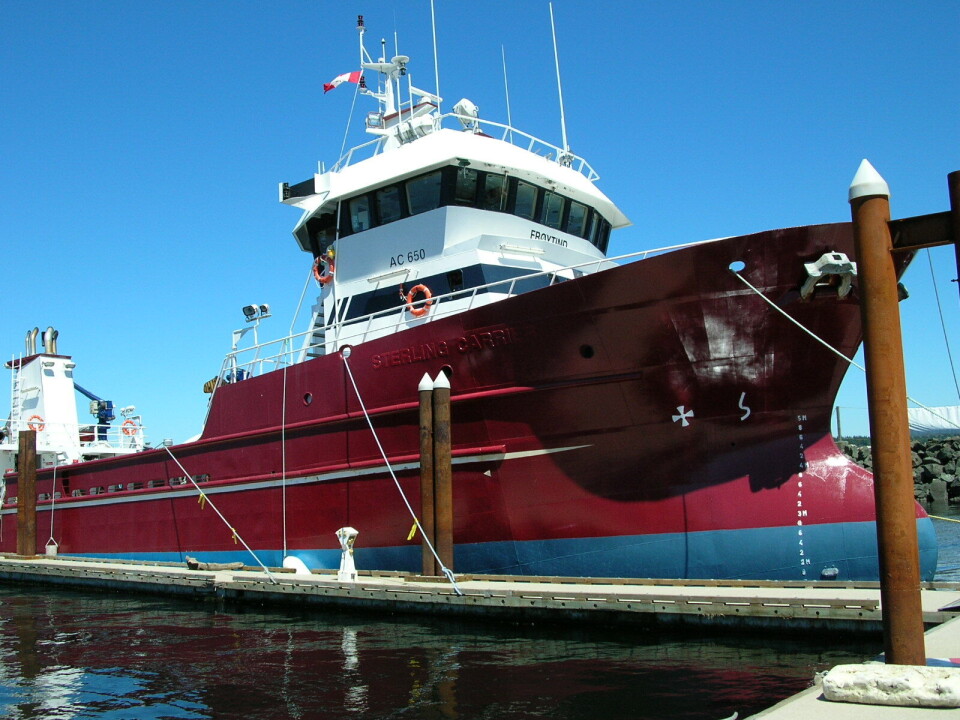
A novel look at wellboat welfare
A plan to increase the time that wellboats can transport and treat fish while keeping their tanks closed is being devised by entrepreneurial business Normong.
The company’s General Manager, Karsten Risberg, told kyst.no that their IT system primarily analyses fish stress, the main pre-emptor of disease.
The system analyses the correlation between adrenaline and oxygen levels to measure fish stress, which allows them to measure both instantaneous and accumulated stress in the fish, according to Risberg.
“Cortisol levels are currently used as the standard measurement, but that only reveals accumulated stress,” he says.
He is also working with American and Norwegian firms to design a system that solves challenges posed by nitrogenous substances in water, the build-up of which can be a problem when fish spend an extended period in closed wellboats.
One of the key ingredients in the system is a water quality product which is used in the sugar industry, which use in conjunction with the monitoring system, can according Risberg, give both existing and new wellboats the opportunity to transport and treat fish with closed tanks for as long as they want, thus protecting the fish against infection.
“I'm working on a system that solves the problems of ammonia and ammonium in wellboats once and for all,” he says.
A small version of the system will allow fish to spend 2.5-3 days in a closed wellboat that is able to alter other water quality parameters such as oxygen, CO2, TOC, etc.
“Another advantage is that you can lower the pH with a high CO2 level to make TAN (total ammonia nitrogen) less toxic to fish,” says Risberg.
Risberg says that the company has been focused on wellboats for a while, but will soon diversify.
“Hatcheries are a larger market and the same solution can be implemented there,” he said. “Feedback from prospects are promising…it does not solve all problems, but gives a bunch of new opportunities for the company and farmers.”























































